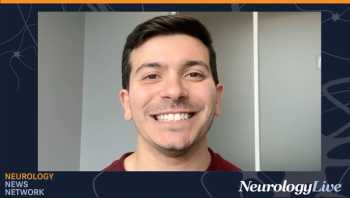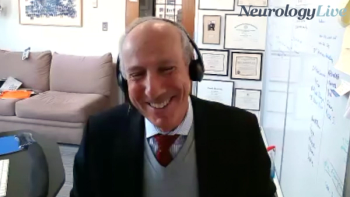
Clinical Insights on Dyskinesia and Tremor in Parkinson’s Disease
Panelists discuss how distinguishing between dyskinesia (choreoform, dance-like movements) and tremor in Parkinson's disease is crucial for treatment decisions, as modern therapeutic options including extended-release amantadine, continuous subcutaneous delivery systems, and advanced formulations can now effectively manage both motor fluctuations and troublesome dyskinesias simultaneously.
Video content above is prompted by the following:
Parkinson's disease management presents significant clinical challenges when distinguishing between dyskinesia and tremor, two motor symptoms that often appear similar but require distinct treatment approaches. Dr. Daniel Kremens, Dr. Fernando Pagan, and Dr. Yasar Torres-Yaghi discuss how dyskinesias manifest as uncontrollable, excessive, dance-like (choreiform) movements affecting any part of the body, while tremor presents differently in timing and character. The experts emphasize that patients frequently experience both symptoms simultaneously, with one body part exhibiting dyskinesia while another shows tremor, creating therapeutic dilemmas since treatments that increase "on time" typically exacerbate dyskinesia.
Several key risk factors increase dyskinesia likelihood, including young-onset Parkinson's disease, female gender, low body mass index, and daily levodopa doses exceeding 400-600 milligrams. The pathophysiology involves progressive loss of dopaminergic neurons and increasingly pulsatile stimulation from oral levodopa, which leads to postsynaptic receptor remodeling and misfiring. The narrowing therapeutic window over time makes patients more susceptible to both "off" episodes (tremor) and peak-dose dyskinesias, creating complex motor fluctuation patterns that require careful clinical assessment and patient education about symptom recognition.
Contemporary dyskinesia management has evolved beyond the traditional approach of reducing medications or frequent dosing. Current evidence-based treatments include extended-release amantadine (with Level A evidence for reducing dyskinesias while improving on-time), long-acting carbidopa-levodopa formulations, and continuous subcutaneous delivery systems for both foslevodopa and apomorphine. Deep brain stimulation remains highly effective, providing up to four hours of quality on-time. Emerging therapies include next-generation dopamine agonists (D1/D5 and D1/D2 partial agonists) that promise potent efficacy without traditional side effects, offering hope for earlier intervention to prevent motor complications.
Newsletter
Keep your finger on the pulse of neurology—subscribe to NeurologyLive for expert interviews, new data, and breakthrough treatment updates.



































